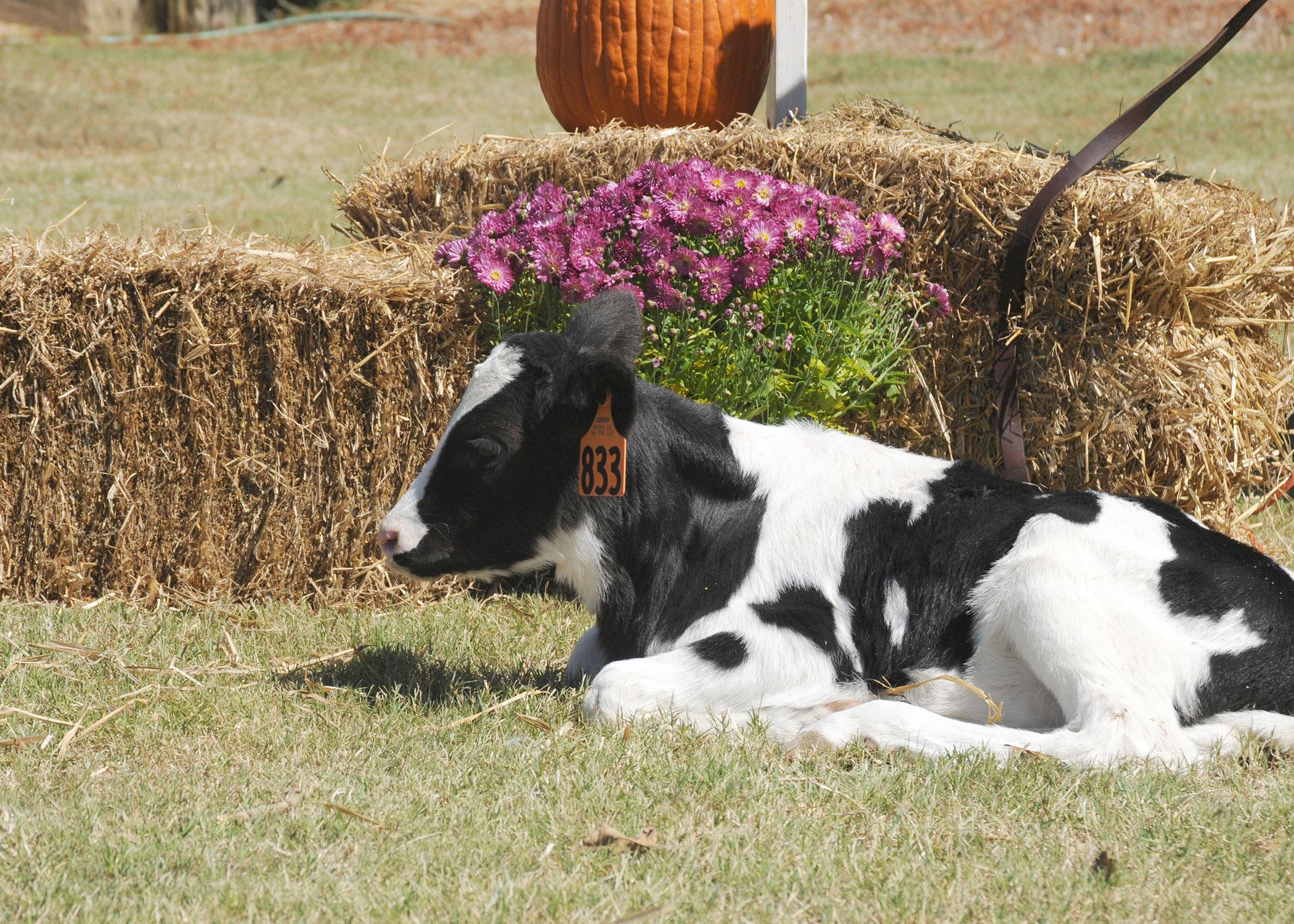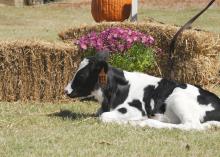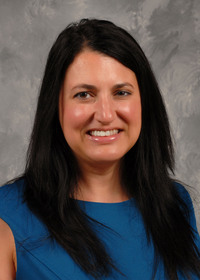Information Possibly Outdated
The information presented on this page was originally released on November 6, 2013. It may not be outdated, but please search our site for more current information. If you plan to quote or reference this information in a publication, please check with the Extension specialist or author before proceeding.
Fall activities bring agritourists to farms
MISSISSIPPI STATE -- Corn mazes, pumpkin patches and Christmas tree farms are becoming more popular tourist destinations across the country.
Becky Smith, assistant professor in agricultural economics with the Mississippi State University Extension Service, works with various agritourism businesses around the state. She said each endeavor takes significant planning and effort. She answers the “what’s in it for me” question with one word: revenue.
“We are losing so many family farms every year, but this is a viable way to keep farms in the families,” she said. “One great thing about agritourism ventures is that they are not all alike. Every farm is unique. If operators highlight what they know, it’s not competition. It is more like cooperation.”
Smith said the education component is not always explicit.
“It’s a good thing any time farm operators can demonstrate agricultural activities, but most agritourism businesses focus primarily on entertainment,” she said. “From an economic perspective, we used to know where our products came from, but in today’s world, we don’t understand how products get to the store. Being able to connect the dots of where food or fiber really comes from helps people understand how their economy works and the important contribution of agriculture.”
Julie Ard James of Hattiesburg was inspired to add an agritourism component to her family’s dairy farm after visiting Mitchell Farms near Collins on her daughter’s second birthday.
“The Mitchell family encouraged us to do something similar with our dairy in Lincoln County. We built a wagon, made fliers and started booking school groups for students to see a working milking parlor and let them feed calves,” she said. “We didn’t know what the reception would be, but there was so much interest that we added a playground the next spring, then we added a fall corn maze.”
James noted that most traditional dairy businesses have struggled in recent years.
“Our goal has been to supplement the farm to allow my dad to back off some other work projects. It has been a way for me to get back involved in the family farm, which my grandfather started,” she said.
James said when she left home to pursue a college degree in marketing and hospitality management, she never dreamed she would return to the farm. After graduation, she worked for a company until after her third of four children was born.
“Ard’s Dairy Farm allows us to be involved as a family,” she said. “It is a lot of work, but I love it.
“This is a working dairy farm, so when people visit, they see activities going on that are related to day-to-day farming,” James said. “Many of the kids may have never set foot on a farm, even if their parents grew up on one. We often encounter children who don’t know that milk comes from a cow or eggs come from chickens.”
Rebecca Bates, Lincoln County Extension agent, said the Ard family has made education a key component in their business. Much of their success is because visitors can learn and have fun.
“They have stayed true to their roots, and that’s important to the success of these businesses,” she said.
Bates described herself as one of the Ards’ biggest cheerleaders.
“I love that children are able to get out in the country and see where their milk and food is produced. It is great for them to see reality,” she said. “So many of these agritourism farms have something different to offer, and the Ards really play to their strength -- the dairy business.”
The season for pumpkin patches and corn mazes now transitions into Christmas tree farms, bringing families back to their roots once again.







